When it comes to impact drivers, there are a lot of questions that people have about which is better: 1/4 or 3/8? And then what about 1/2? Is one better than the other? In this article, we will answer all of those questions and more. We will talk about the pros and cons of each size, as well as some tips for using them. So whether you’re just starting out with impact drivers or you’re looking to upgrade, read on for the ultimate guide!
What is an Impact Driver
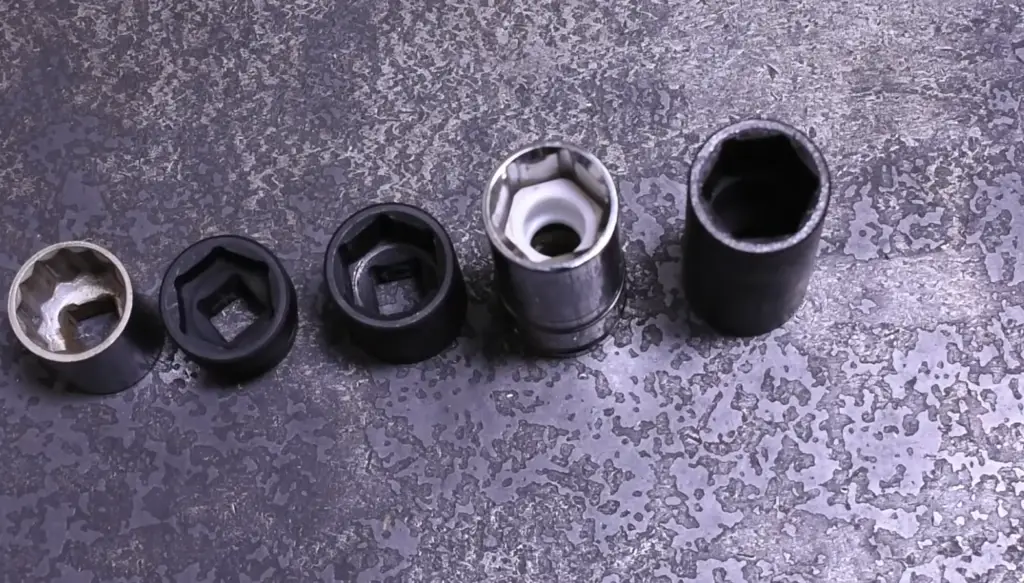
The most common type of impact driver looks like a cordless drill but it has several key differences. Firstly, instead of a traditional chuck that holds bits in place, an impact driver often has a hexagonal socket head that accepts hex-shank screwdriver bits or nut drivers. This makes it much easier to switch between different types of screws and nuts without having to fumble with a separate bit holder.
Unlike drills, impact drivers don’t just spin fast but also deliver a hammering impact as they turn. This additional force helps the driver push screws into dense material without slipping out of the way – even if you apply too much pressure. The same principle is used by electricians to quickly drive large lag bolts into wood beams while saving their wrists from fatigue.
Impact drivers are frequently used by carpenters and masons for deck building, framing and other construction projects. They’re also great for assembling furniture and installing cabinetry. Plus, an impact driver is lightweight, compact and more powerful than a regular power drill – making it suitable for tricky overhead or tight spaces that would be impossible to reach with a conventional tool.
Another advantage of using an impact driver is the speed at which you can drive screws into materials. With just one press of a button, you can quickly drive hundreds of small screws without having to manually ratchet them in place. This makes impact drivers perfect for bigger projects where time is of the essence, such as decking or roofing jobs. [1], [2]
Comparison of 1/4-inch vs. 1/2-inch vs. 3/8-inch Impact Drivers
Now that we’ve covered the basics of impact drivers, let’s take a deeper look at each size and determine which is best for your needs. Impact drivers are split into three categories: 1/4-inch, 3/8-inch and 1/2-inch sizes.
1/2 -Inch Impact Drivers
The largest of the three is the 1/2-inch impact driver. It’s designed for heavy-duty jobs like driving lags, screws and large bolts into wood, metal or concrete. The larger size also provides more torque, which translates to greater power when driving fasteners into tougher materials.
However, because of its size, a 1/2-inch impact driver can be unwieldy in tight spaces and difficult to maneuver around corners. It’s also the most expensive option of all three types and may not fit in some tool bags if you don’t have space for it.
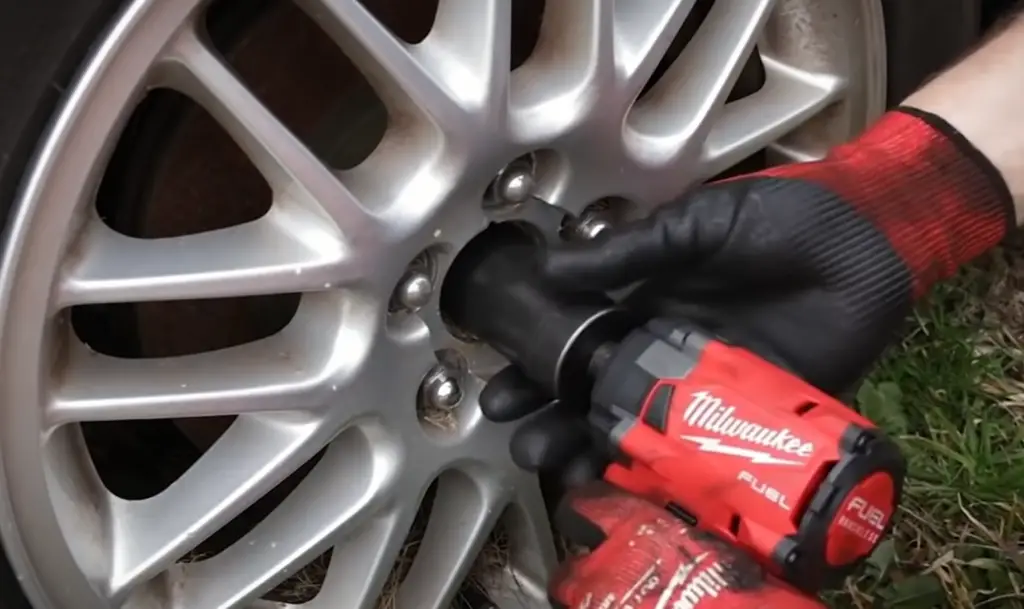
As for the accuracy, it’s quite low in this one. The larger size of the driver means that the bit can be pulled off course more easily and with greater force. This makes it less suitable for delicate tasks like assembling cabinets or furniture where precision is key.
1/4-Inch Impact Drivers
The middle ground in the three sizes is the 1/4-inch impact driver. It has a decently sized body, making it light and easy to use in tight spaces. The torque is quite mediocre, so it’s not suitable for heavy-duty tasks, but it will do the job for most DIY projects.
It’s ideal for home use and small scale construction projects because it can handle smaller screws and bolts that are found in furniture assembly and light woodworking. It also has a much lower price point than the other two sizes – making it an attractive option for budget-conscious shoppers.
Accuracy wise, the 1/4-inch impact driver is decent and versatile. It can handle a wide range of screws and nuts without slipping or damaging the material. Plus, its smaller size means it won’t cause as much vibration as a larger model – making it easier to keep your work area neat and tidy.
3/8 -Inch Impact Drivers
The smallest of the bunch is the 3/8-inch impact driver. These are well suited for small jobs such as assembling cabinets, hanging drywall and drilling into light gauge metals. Their lightweight nature also makes them great for overhead work with fewer chances of fatigue from extended use.
Accuracy-wise however, the 3/8-inch impact is the most precise compared to its larger siblings. In addition, it does offer more control over smaller screws and nuts due to the smaller size of its bits.
One downside to this size is its lack of power compared to larger drivers. The torque generated by these tools can be inadequate for heavy-duty applications such as driving large lag bolts or screws into dense materials like concrete. As a result, it’s best to stick with 3/8-inch impact drivers when tackling lighter tasks such as putting together furniture or installing kitchen cabinetry.
Now let’s compare all three against each other in several categories.
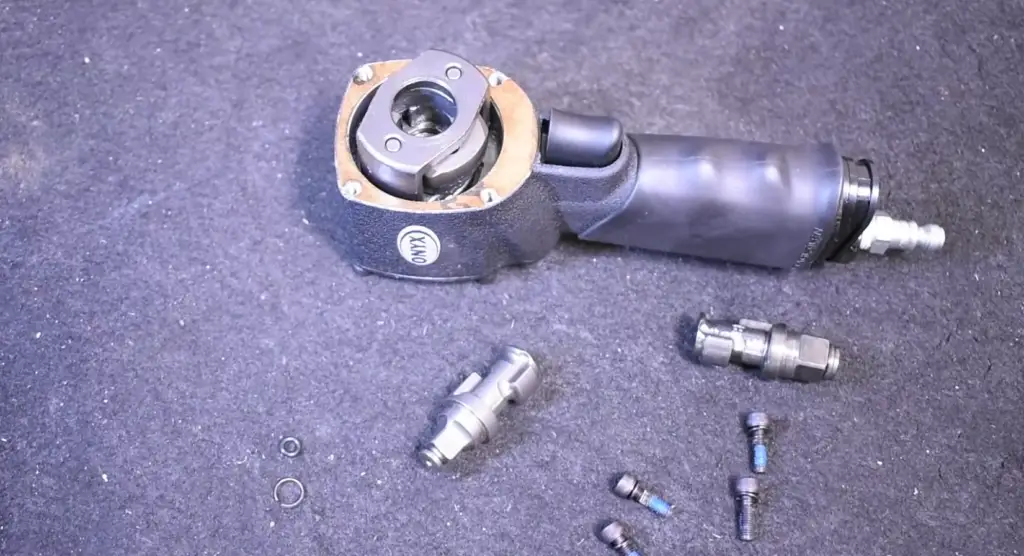
Functionality
In terms of functionality & power, all three impact drivers have their pros and cons. Power is without a doubt the biggest factor to consider when choosing an impact driver. After all, you want an impact driver that packs enough punch to get the job done.
The 1/2-inch is the most powerful with lots of torque which makes it great for heavy-duty applications. But its size makes it difficult to maneuver in confined spaces.
The 3/8-inch model is the smallest and lightest so it’s more suitable for small jobs like assembling cabinetry or framing drywall but its lack of power means it can’t handle tough materials very well.
If you need a bit more power in your work, then a 1/4-inch impact driver is the way to go as it offers more control over small screws with more power while preserving its smaller size.
So, if you need as much power as possible, then a 1/2-inch impact driver is the tool for you. If space and accuracy are more important to you, then the 1/4-inch model is the best option. And if your needs fall somewhere in between, then try out the 3/8-inch model – it’s lightweight and still offers decent power.
Precision
Precision is also a key factor when selecting the best impact driver for your needs. The 1/2-inch impact driver has the least precision of the three sizes due to its larger size, while both the 1/4-inch and 3/8-inch drivers offer decent accuracy.
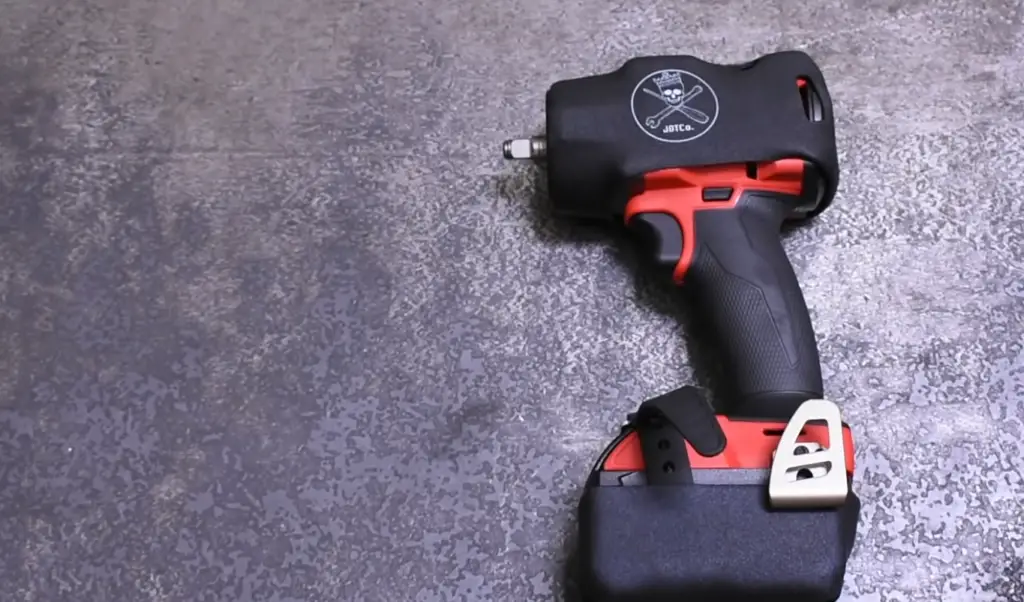
The smaller bit size of the 3/8-inch model gives it an edge in terms of accuracy since it’s better able to navigate tight spaces without slipping or damaging material. On the other hand, the 1/4-inch can handle a wider variety of screws and nuts with more control over them, making it ideal for home use.
Design
Design is also an important consideration when choosing an impact driver. Each size has its own unique characteristics in terms of form and function, as well as ergonomics.
The 1/2-inch drivers are the largest and heaviest of the three – making them difficult to maneuver in tight spaces but providing more power for heavy duty tasks. The 3/8-inch drivers are the smallest and lightest, making them better suited for working overhead or in tight spots, but they lack the extra power needed for tougher jobs. The 1/4-inch models fall somewhere between the two extremes, offering a decent balance between size, weight and power.
Both 3/8 and 1/4 drivers have the best ergonomic designs of the three, with shorter bodies that are easy to grip and operate with one hand. The 1/2-inch models are bigger and bulkier, making them a bit harder to control and maneuver for extended periods of time.
Application
Now, when it comes to application, each size of impact driver has its own strengths and weaknesses.
The 3/8-inch models are better for lighter applications like assembling furniture and light framing projects, as well as tasks that require precise control over screws and nuts.
A 1/4-inch impact driver is great for small DIY projects around the house like hanging shelves or switching out hardware, as well as more detailed work involving screws and nuts.
Finally, if you have some automotive work to do or need to drive large screws and bolts, then a 1/2-inch impact driver is the right choice – it offers the most power for heavy duty tasks. [1], [2]
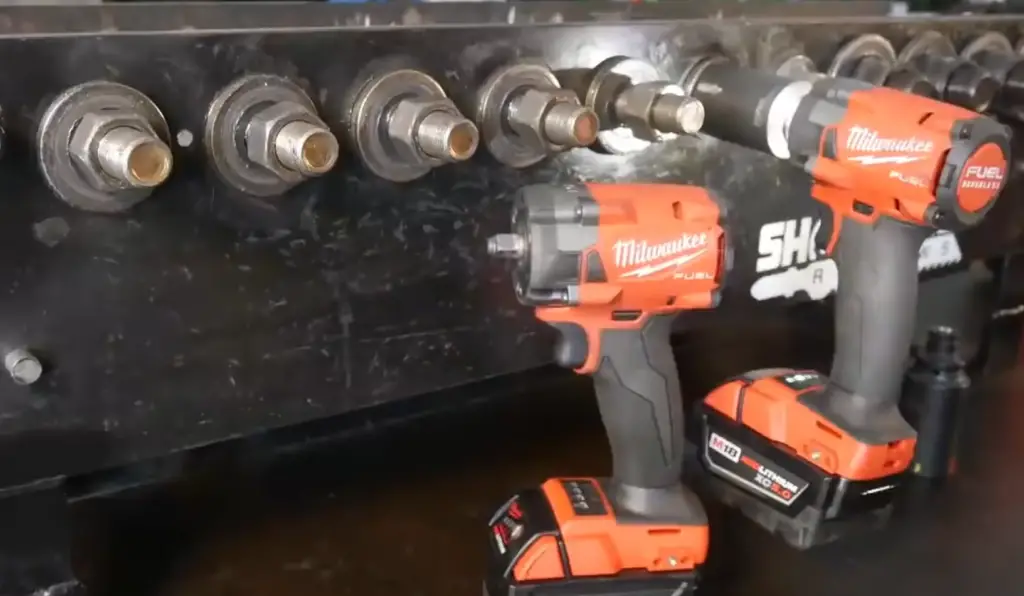
FAQ
Is an impact driver like a screwdriver?
No, an impact driver is not the same as a screwdriver. A screwdriver is used to manually turn and loosen screws, while an impact driver uses compressed air or electricity to deliver a powerful rotational force that allows users to quickly and effortlessly drive screws into even harder materials. Impact drivers also feature more torque than traditional drills, allowing them to tackle tougher applications.
Do I need a 1/4 or 1/2 in impact?
The answer to this question depends on the type of job you are doing and how much power is required. Generally, if you need high torque for driving in heavy screws or bolts, then a 1/2 inch impact driver is best suited for that purpose. For lighter jobs such as small screws or drilling into plastic materials, a 1/4 inch impact driver may be sufficient.
Will a 1 4 inch impact driver remove lug nuts?
Unfortunately, a 1/4 inch impact driver is not powerful enough to remove lug nuts. For this job, you will need either a 1/2 inch impact driver. The larger the tool, the more power it has and the easier it will be to remove lug nuts from an auto wheel.
What size is a standard impact driver?
1/4 is the most common size for an impact driver. This is due to it being a convenient size and balance between power, maneuverability, and portability. It can do almost any job that a bigger impact driver can do, from driving screws into wood or metal surfaces to removing lug nuts from wheels on cars. The 1/4 inch impact driver also has the benefit of being slightly lighter weight than larger models, making it easier to handle in tight spaces or overhead areas.
What is better, a 1/2 or 3/8 impact wrench?
The answer to this question depends on a variety of factors, such as the size and weight of your projects, the type of fasteners you need to use, and the power source available. Generally speaking, 1/2 impact wrenches are more powerful than their 3/8 counterparts. They tend to have more power for larger jobs and can accommodate heavier duty bits and sockets. However, they do require a more substantial power source (usually an air compressor or generator) in order to operate effectively. On the other hand, 3/8 impact wrenches are typically lighter in weight and offer less torque output; however, they also usually use smaller batteries or cords that are much easier to transport from job site to job site.
For most DIY or light usage, a 3/8 impact wrench will be sufficient for most tasks.
What is a 1/4 impact driver good for?
A 1/4 impact driver is an incredibly useful tool for a variety of jobs that require precision and strength. Its small size and relatively light weight make it ideal for reaching tight spaces or working in awkward positions, while its high torque output makes it suitable for driving large screws into hard materials like wood, metal, and concrete. The 1/4 inch chuck also makes it perfect for smaller bits, such as those used to drive self-tapping screws and Phillips head screws.
What is the difference between 1/4 and 3/8 drill drivers?
The main difference between a 1/4 and 3/8 drill driver is the size of their chuck. The chuck is the part of the tool that holds the bit, and it determines how compatible different bits are with your driver. The 3/8 is one of the smallest drill chucks on the market, and it is capable of securing a wide range of bits. The 1/4 chuck is medium sized and can also hold a variety of bits.
Accuracy wise, 3/8 is more accurate than 1/4 however that comes at the cost of reduced power; 3/8 drivers usually have a lower torque rating than 1/4 drivers.
Useful Video: 3/8 vs 1/2 Impact Wrench Comparison
Conclusion
Impact drivers are a great addition to any toolbox and can make more difficult tasks much easier. Comparing 1/4, 3/8 and 1/2 inch impact drivers, one can determine which best fits their needs.
It is important to consider the intended use of the tool when making this decision. For most general-purpose work around the home or office, a 1/4 inch model may be sufficient. It will provide enough power for most tasks but lacks the torque that heavier duty jobs require.
A 3/8 inch model is the smallest out of all and provides the best accuracy out of the three. However the power suffers due to its size and is not recommended for tough tasks.
Finally, a 1/2 inch model is best suited for the toughest jobs around the house and workshop. It has more torque and power than both the smaller models but may be less accurate.
No matter what you choose, an impact driver can help make difficult tasks easier and faster. They are versatile tools that can handle a variety of applications with ease. Ultimately, each person needs to evaluate their needs before making a decision about which tool best fits them. With careful consideration of your own requirements, you can determine which type of impact driver will work best for you. Thanks for reading!
References
- https://99powertools.com/1-4-vs-3-8-vs-1-2-impact-driver
- https://www.drillanddriver.com/1-4-vs-3-8-vs-1-2-impact-driver/






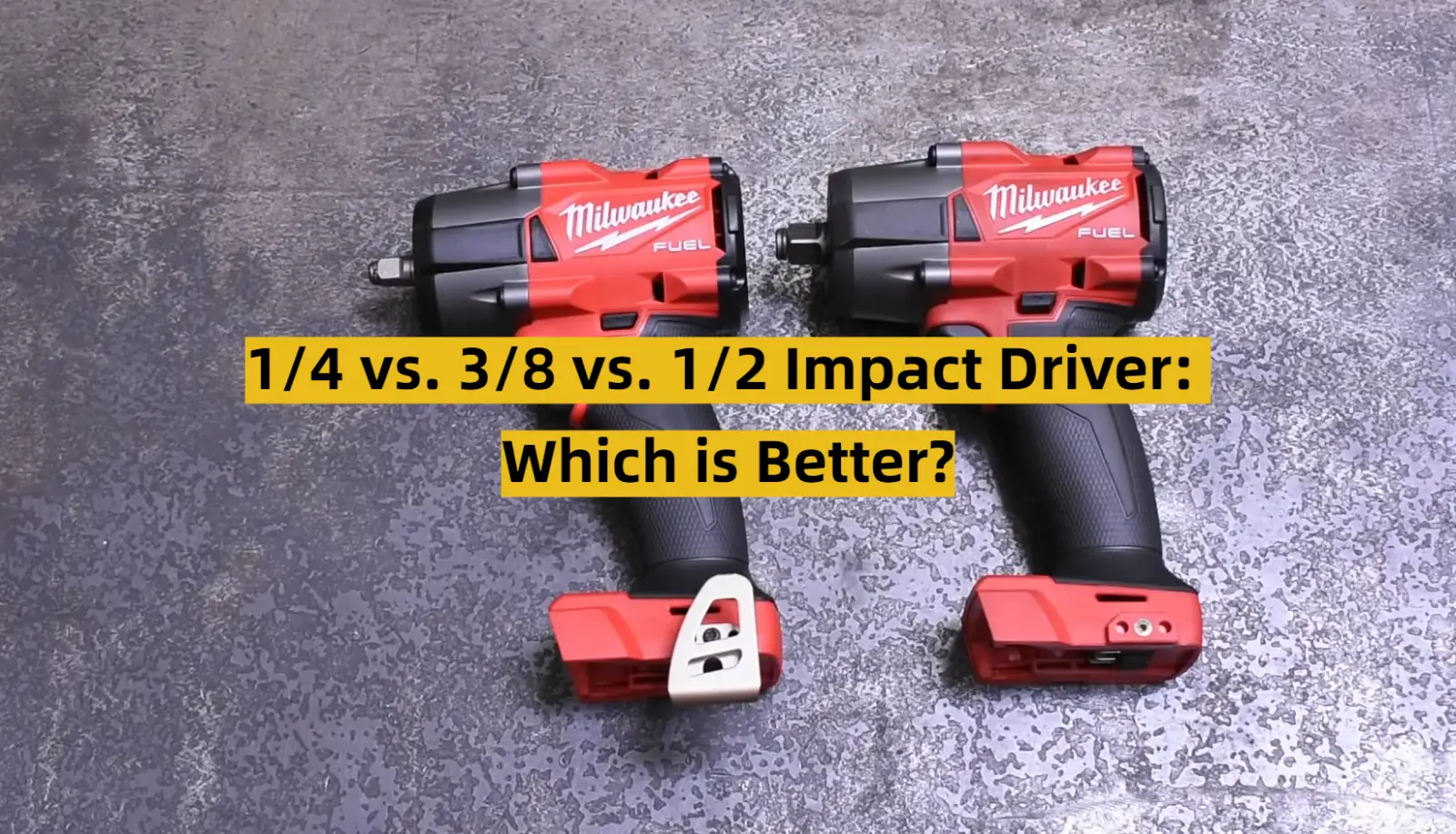






Leave a Reply